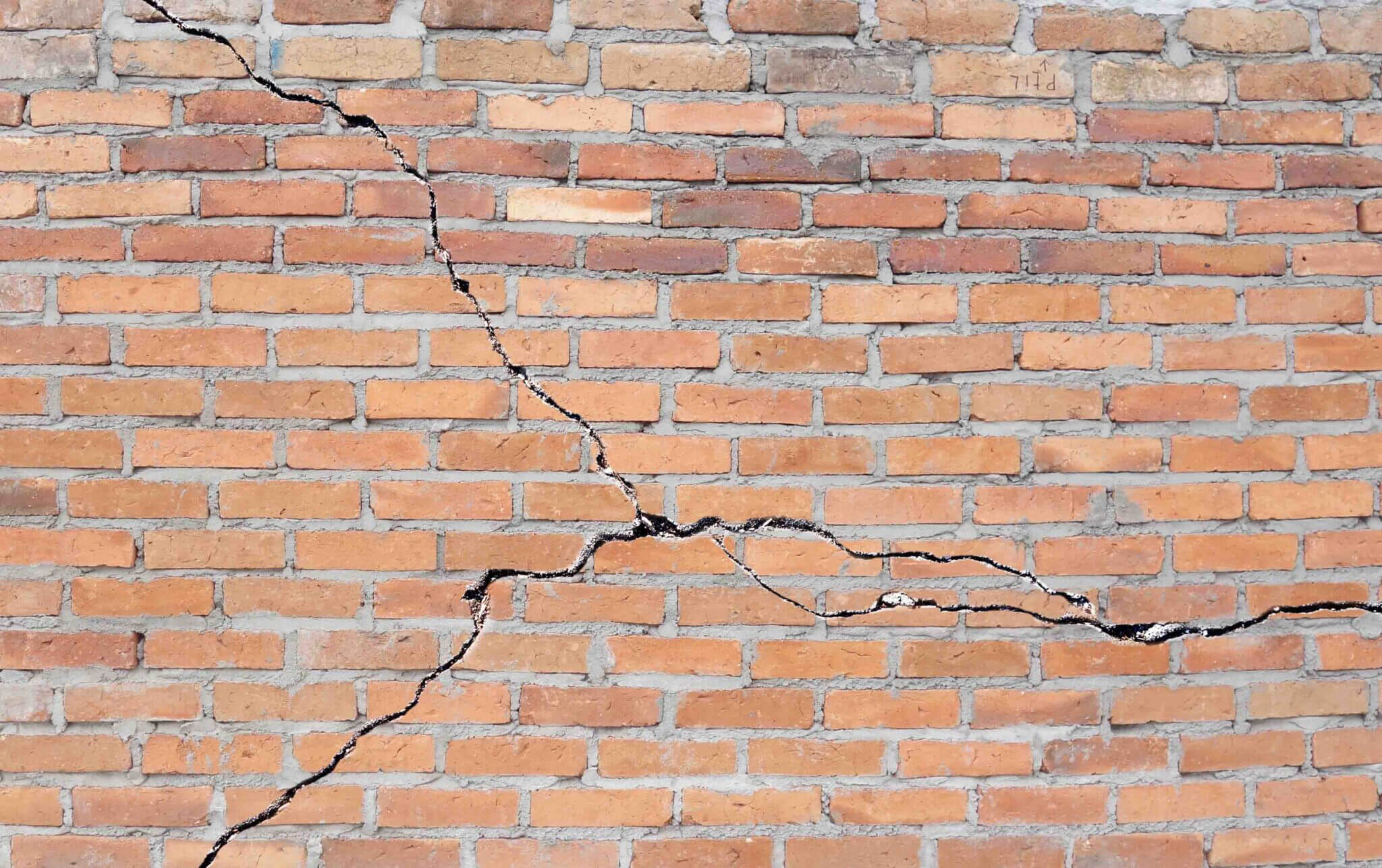
Defects in construction projects that surface after completion can be costly and challenging to address.
A Latent Defects policy provides valuable support in managing the financial risk associated with correcting these issues, helps to mitigate any reputational damage to the developer, and enhances the appeal of a property for sale or rental.
How can Latent Defects Insurance help?
Latent Defects Insurance (LDI), also referred to as Decennial Liability Insurance, offers property owners robust protection, including up to 10 years of coverage against physical damage caused by inherent defects.
An LDI policy can enhance the attractiveness of your property to investors and speed up the sales process.
Additionally, having an LDI policy in place gives prospective buyers greater confidence in the quality of construction, thanks to the rigorous technical quality assurance inspections required to secure the cover.
Although the policy is initially purchased by the developer, it is transferred to the owners' association upon practical completion, granting direct access to the insurance for property owners. This reduces the need to pursue legal action against the builder for structural or waterproofing defects.
Understanding Latent Defects Insurance – FAQs
What is Latent Defects Insurance?
Latent Defects Insurance (LDI), sometimes known as Decennial Liability Insurance (DLI) or by other names internationally, offers protection for particular defects that emerge during the construction process.
The Resilience Insurance LDI policy covers losses resulting from physical damage due to inherent defects, provided the claim is made within 10 years of the completion of the insured construction work.
What is an Inherent Defect?
An Inherent Defect refers to any fault or flaw in the structural components and/or the building envelope that arises from issues in design, materials, or workmanship, and which is only identified at the date of the Certificate of Practical Completion.
LDI generally provides coverage for inherent defects in:
- Waterproofing: Areas protected under the waterproofing extension of the cover.
- Structural Works: This includes all internal and external load-bearing structures critical to the stability or strength of the building.
- Envelope: This covers all elements of the external walls and roofing of the building.
What does Latent Defects Insurance cover?
LDI generally covers the costs associated with repairing, replacing, and reinforcing the insured structure if an inherent defect is identified and falls within the policy period.
Typically, the policy also provides coverage for the following, up to the specified limits:
- Reinstatement costs
- Interim housing expenses and waterproofing
- Debris removal
- Professional fees
What does LDI not cover?
Subject to the policy terms and conditions, including any extensions or endorsements, LDI Insurance typically excludes:
- Issues arising from a failure to repair or maintain, as well as normal wear and tear
- Non-structural works, equipment, fixtures, fittings, and external elements not integral to the building envelope
What building types can be covered?
Residential Developments - Class 2 apartments of all sizes.
Commercial and Industrial Developments - Classes 3,4,5,6,7,8 & 9.
How much does LDI cost?
The average cost for the Resilience LDI product is 1.6% of the construction value (including GST).
What are the limits of indemnity?
LDI policies typically have a maximum standard limit of indemnity of $50 million, (higher values can be covered on application). The minimum limit of indemnity for Class 1 buildings is $2 million and $10 million for Class 2.
General Advice Warning
The information provided on this website has been prepared for general information purposes only and not as specific advice to any particular person. Any advice on this website is General Advice and does not take into account any person’s individual investment objectives, financial situation or needs. Before making a decision based on this advice you should consider whether it is appropriate to your particular circumstances.
Where the General Advice relates to the acquisition or possible acquisition of a financial product, you should obtain a disclosure document, including the Product Disclosure Statement (PDS) and, where available, Target Market Determination (TMD) relating to the product and consider the content before making any decision about whether to acquire the product.
Authorised by Clearlake Insurance Brokers ABN 16 651 113 861 AFSL 559829
How Clearlake Insurance can help
Clearlake Insurance Brokers are proud to provide insurance and risk advice to some of the largest and most reputable developers and builders in Australia.
For more information or to arrange cover, please contact us on 02 9037 8970 or simply fill out the form below and one of our insurance brokers will get in touch shortly.

